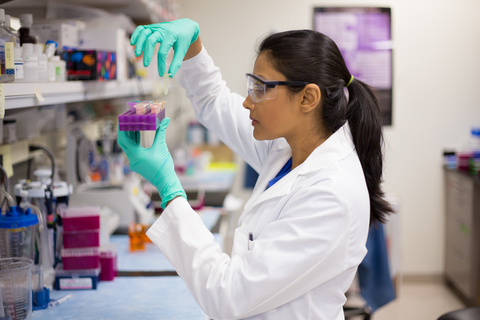Gut changes in polar bears linked to retreat of Arctic sea ice

Retreating sea ice in the Arctic is altering the gut bacteria of polar bears, potentially holding negative implications for the long-term health of the species, according to research by Cardiff University and the United States Geological Survey.
Polar bears are one of the most ice dependent marine mammals in the Arctic and are key indicators of Arctic ecosystem health and environmental change. Since the noughties, dramatic reductions in sea ice have caused a divide in the behaviour of southern Beaufort Sea polar bears with some continuing to follow the retreating sea ice (offshore bears) and others adopting a new behaviour and migrating to coastal onshore habitat (onshore bears).
To understand the potential biological impact of this behaviour change, Cardiff University say their researchers analysed over a hundred polar bear faecal samples, looking specifically at the bacterial composition of the bears’ gut microbiota, and how this differs in onshore and offshore bears.
Sophie Watson, a PhD researcher from Cardiff University’s School of Biosciences, said “We discovered that gut microbiota diversity and composition are significantly different in onshore bears compared to those that remain on the sea ice year-round, showing for the first time that global change-driven alterations in habitat use are associated with changes in the gut.
“These results indicate that, in the face of rapid climate change, microbiota associations within the gut are quickly becoming decoupled, potentially negating millions of years of co-evolutionary adaptation.”
Dr Sarah Perkins, from Cardiff University’s School of Biosciences, said “Gut microbiota plays a critical role in host health. In some cases, shifts in the diversity and composition of gut bacterial communities can be detrimental to individual health, and so further work needs to be conducted to understand how these differences affect polar bears.
“Understanding the ways in which polar bears respond to climate change-mediated displacement is crucial in discerning the species’ ability to cope with an increasingly unpredictable and precarious environment.”
The research is published in The ISME Journal.








